When we talk about lead conversions, we’re referring to turning potential customers (or “leads”) into actual paying customers.
But to get a clear understanding of this journey, let’s first define some essential terms that will help frame our discussion.
- Lead Conversions: This is the process of guiding leads through your sales funnel and eventually closing the deal. It’s about taking someone who has shown interest in your product or service and convincing them to buy.
- Business Leads: These are individuals or organizations that have shown some interest in your business, maybe they visited your website or signed up for a newsletter. They’re at the start of the buying process.
- Sales Leads: As business leads get closer to deciding, they become “sales leads.” Sales leads are more qualified, which significantly boosts lead conversions as they’ve shown deeper interest or have a specific need that your product or service can solve.
- Lead Conversion Rate: This is a key metric. It’s the percentage of leads who become paying customers. A higher lead conversion rate means your sales process is effective, and you’re turning interest into actual sales.
Understanding these terms is essential for identifying where businesses may struggle in converting leads to customers. Now that we have a clear foundation, let’s dive into the reasons why businesses often fail to convert leads into paying customers.
Issues Related to Lead Quality and Targeting
One of the main reasons businesses fail to convert leads into customers is due to issues with lead quality and targeting. It’s not just about attracting any leads; it’s about attracting the right leads who are likely to convert.
Poor Targeting and Qualification of Leads:
If you’re targeting the wrong audience or not qualifying your leads properly, you’re wasting time and resources.
Without a solid lead qualification process, you might end up nurturing leads that will never convert, leading to frustration and lost opportunities.
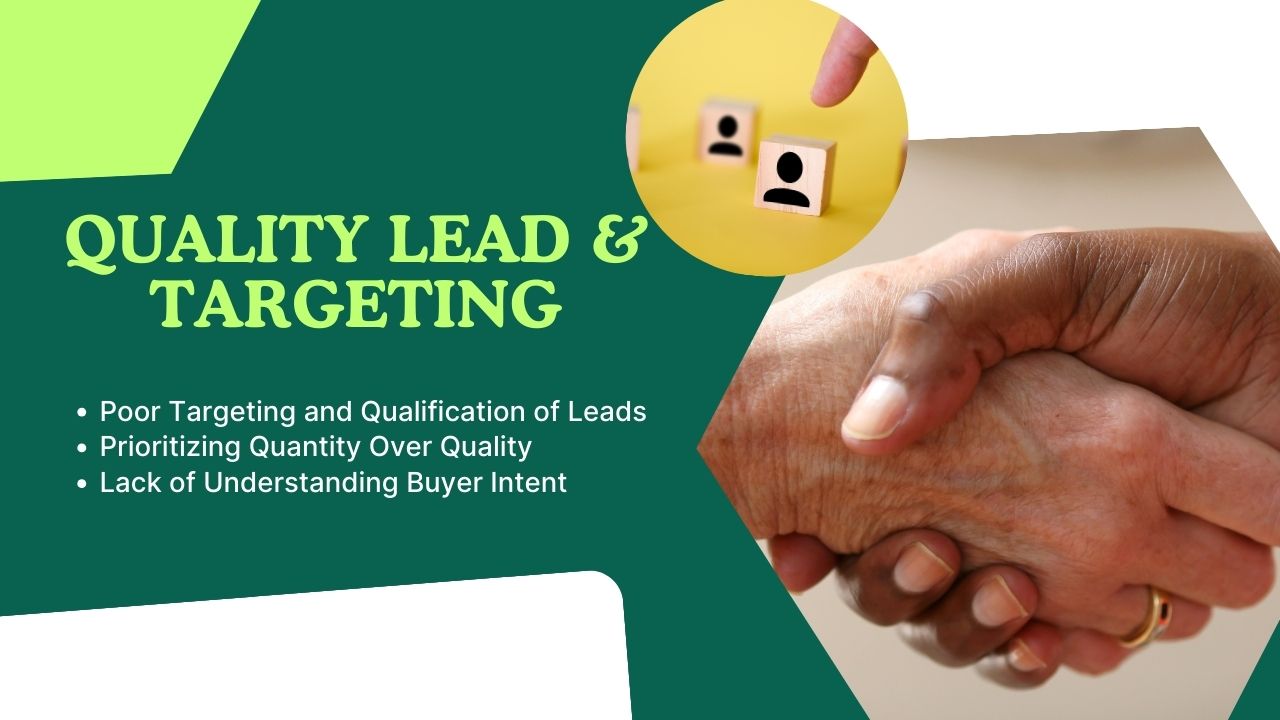
Prioritizing Quantity Over Quality Affects Lead Conversions:
It’s tempting to gather as many leads as possible, thinking that more leads mean more sales.
However, focusing on quantity often sacrifices quality. A smaller group of highly qualified leads is much more valuable than a large pool of unqualified prospects.
Quality leads have a higher chance of conversion, so it’s crucial to focus your efforts on finding the right ones.
Lack of Understanding Buyer Intent:
Understanding what motivates your leads is key to converting them. If you don’t grasp their intentions, you risk offering them the wrong product or service, at the wrong time.
Understanding buyer intent means recognizing whether your lead is in the awareness, consideration, or decision phase of their journey and tailoring your approach accordingly.
By improving targeting and ensuring you qualify your leads properly, you can significantly increase your chances of converting them into customers. It all starts with the right audience and an understanding of their needs.
Deficiencies in the Sales Process That Impact Lead Conversions
Once you’ve attracted the right leads, the next step is guiding them through the sales process. However, many businesses fail to convert leads to customers because their sales process is inefficient or lacks personalization.
Ineffective Lead Follow-Up:
The timing and quality of your follow-up are critical. If you don’t follow up quickly or effectively, potential customers may lose interest and move on to competitors.
A slow or ineffective response can leave leads feeling neglected, making it harder to close the deal. Following up promptly and consistently can significantly boost your conversion rate.
Lack of Personalization in the Sales Process:
Customers appreciate a personalized experience. If you treat every lead the same way, they may feel like just another number.
Personalizing your sales approach, whether through tailored emails, content, or product recommendations, makes leads feel valued and understood, increasing the likelihood of conversion.

Complicated or Confusing Sales Funnel:
A complex or unclear sales funnel can frustrate potential customers. If your sales process is too difficult to navigate or lacks clarity, leads may drop off before completing a purchase.
Simplifying the process, making it intuitive, and removing unnecessary steps will keep your leads engaged and guide them toward the final sale.
Poor User Experience (UX):
If your website or app isn’t user-friendly, leads may abandon the process before converting.
A smooth and enjoyable user experience from browsing your site to checking out is essential for turning leads into paying customers.
No Clear Call to Action (CTA):
A clear and compelling CTA is essential in guiding leads to take the next step in their journey. Without a clear CTA, leads may be unsure of what to do next, leading to confusion and potential drop-offs.
Whether it’s “Get Started,” “Buy Now,” or “Request a Demo,” your CTA should be direct, visible, and enticing.
Unclear Lead Hand-Off to Sales:
When leads transition from marketing to sales, there should be no confusion about what happens next.
If there’s a lack of coordination between teams or unclear expectations, leads may slip through the cracks. A smooth lead hand-off process ensures that leads are nurtured through every stage of the journey.
Slow Response Time and Its Effect on Lead Conversions:
In today’s fast-paced world, delays can cost you valuable conversions. A slow response time, whether in follow-up emails or live chats, can make leads lose interest quickly.
Speed matters, make sure your response times are quick and efficient to keep leads engaged and ready to move forward.
Improving these aspects of your sales process will ensure that you don’t lose leads at the crucial stages. The simpler and more personalized the process, the higher your chances of conversion.
Issues with Messaging and Trust That Hinder Lead Conversions
The way you communicate with your leads and the trust you build with them can make or break a conversion.
If your messaging is unclear or doesn’t resonate with your target audience, leads may quickly lose interest. Similarly, without trust, even the most qualified leads may hesitate to make a purchase.
Unclear Value Proposition That Impact Lead Conversions:
Your value proposition should answer the question:
“Why should a lead choose you over your competitors?”
If your messaging isn’t clear, leads might not fully understand the unique benefits of your product or service. Without this clarity, they are more likely to shop around or ignore your offer altogether.
Insufficient Product Knowledge and Value Proposition (by Sales Team):
A well-trained sales team is essential in conveying your value proposition effectively.
If your sales reps don’t fully understand the product or its unique benefits, they won’t be able to convince leads of its value.
Ensuring your sales team is knowledgeable and aligned with your value proposition is crucial for building trust and closing sales.
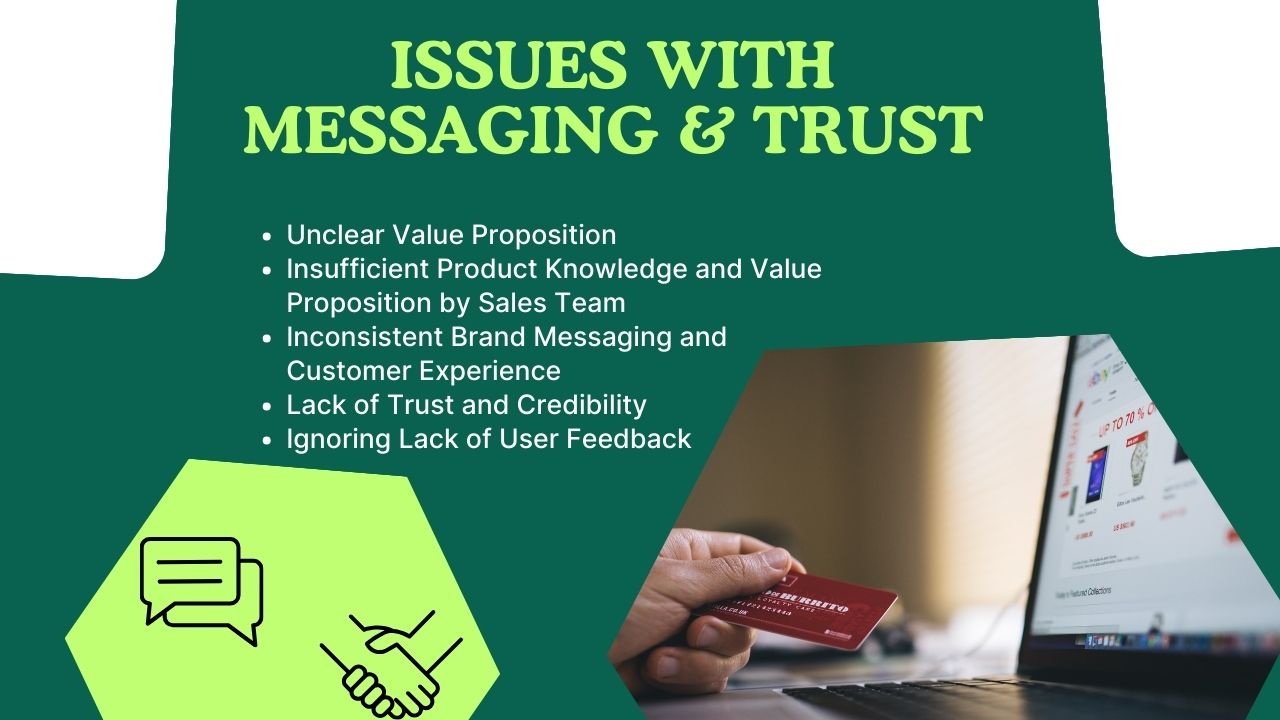
Inconsistent Brand Messaging and Customer Experience:
Consistency is key when it comes to branding and messaging.
If leads experience different messages across platforms whether on your website, in email campaigns, or during interactions with sales reps it can lead to confusion.
Inconsistent messaging can erode trust, making it harder for leads to believe in the reliability of your product or service.
Lack of Trust and Credibility:
Trust is essential in converting leads into customers. If your brand has not established itself as reliable, leads may be hesitant to make a purchase.
Building credibility through customer reviews, testimonials, case studies, or industry certifications can reassure potential customers that they’re making the right decision.
Ignoring Lack of User Feedback:
If you’re not actively listening to your leads and customers, you’re missing out on valuable insights that could improve your conversion rate.
Regularly gathering user feedback allows you to make necessary adjustments, whether it’s refining your product or addressing concerns in your messaging.
Ignoring feedback means you may not be addressing potential obstacles that could prevent conversion.
Building strong messaging and trust is key to improving your conversion rates. Clear, consistent, and value-driven communication will make leads feel more confident in their decision to buy.
Other Potential Obstacles
While the areas we’ve discussed so far are crucial to improving lead conversion rates, there are other common obstacles businesses face that can hinder success.
These obstacles often relate to the sales team’s skills, pricing issues, and over-reliance on a single marketing channel.
- Inadequate Sales Training and Skills: A lack of proper sales training can prevent your team from effectively converting leads into customers.
Sales reps must be equipped with the right skills, from understanding buyer psychology to handling objections.
Regular coaching and training ensure your sales team remains sharp, knowledgeable, and prepared to close deals.
- Pricing Confusion or Sticker Shock: If your pricing isn’t clearly communicated or if it’s higher than customers expect, you may face resistance when trying to convert leads.
Pricing confusion can occur if your pricing model isn’t transparent or if there’s no clear breakdown of the value the customer is receiving for the price. In some cases, a sticker shock where the price is perceived as too high can deter potential buyers, even if the product offers great value.
It’s important to present your pricing in a way that makes sense and emphasizes the return on investment (ROI) for your leads.
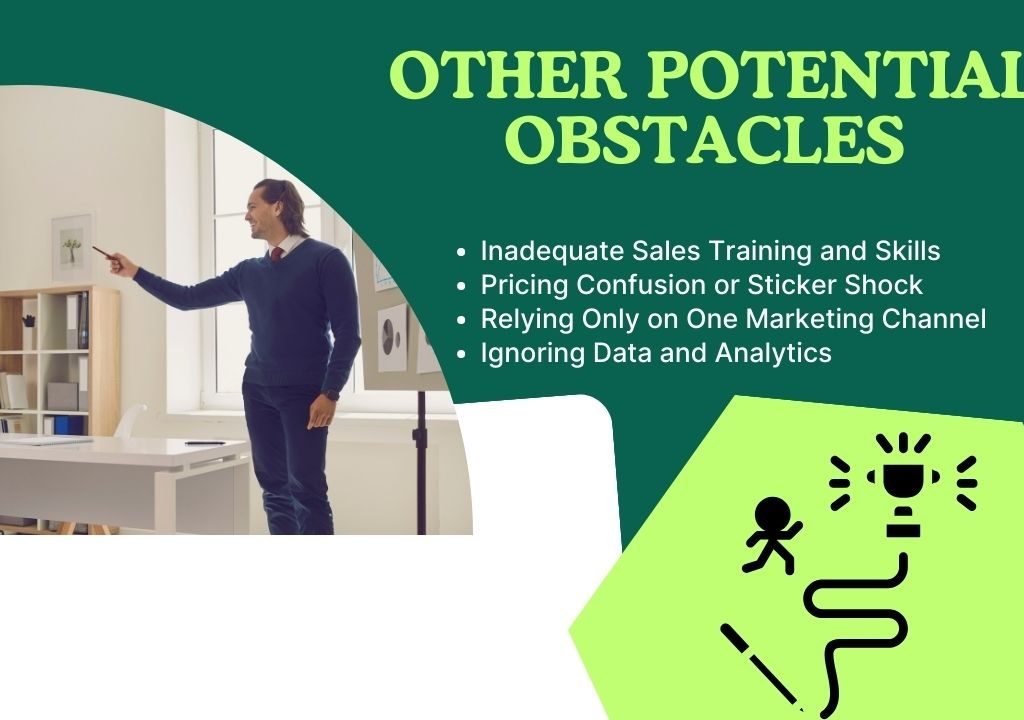
- Relying Only on One Marketing Channel: Over-relying on a single marketing channel can limit your lead generation efforts. If that channel underperforms or fails to generate sufficient leads, your sales funnel could dry up.
Diversifying your marketing efforts whether through content marketing, social media, paid ads, or email marketing ensures you’re reaching a broader audience and not putting all your eggs in one basket.
- Ignoring Data and Analytics: Not using data analytics to track and measure your lead conversion process can result in missed opportunities.
Without tracking key metrics, such as conversion rates and lead sources, you won’t be able to identify what’s working and what’s not.
Regularly reviewing these insights allows you to make informed decisions and continuously optimize your lead conversion strategy.
Addressing these obstacles can prevent bottlenecks and enhance your overall ability to convert leads. Ensuring that your team is well-trained, your pricing is clear, and your marketing strategy is diversified will help pave the way for successful conversions.
Effective Strategies to Improve Lead Conversion Rates
Now that we’ve discussed common obstacles, let’s focus on actionable strategies that can improve your lead conversion rates.
- Refine Your Target Audience
Focus on leads who actually need your product or service. It’s smarter to narrow your target than chase everyone.
- Implement Lead Qualification Processes
Use criteria like budget, industry, and interest level to prioritize sales leads more likely to convert.
- Focus on Quality Over Quantity
Ten solid business leads are better than a hundred unqualified ones. Quality improves ROI and your lead conversion rate.
- Automate and Personalize Follow-Ups
Set up automated follow-up emails but keep them personal. Tailored messages help build trust and spark real conversations.
- Simplify Your Sales Funnel
Remove unnecessary steps. Make it easy for leads to move from interest to action without confusion.
- Enhance User Experience (UX)
Make your website, forms, and processes intuitive. A smooth experience encourages more lead conversions.

- Use Clear and Compelling CTAs
Your call-to-action should be bold, easy to find, and matched to the buyer’s journey.
- Train Your Sales Team
Ensure your team knows the product inside out. Confidence in communication builds trust fast.
- Showcase Trust Signals
Use testimonials, case studies, and certifications to build credibility with leads.
- Diversify Marketing Channels
Don’t rely on one platform. Use social media, content marketing, and ads to generate more leads.
- Track and Improve Using Analytics
Monitor your lead conversion rate and other metrics. Use insights to fine-tune your strategy.
In short, improving lead conversions takes strategy, patience, and consistent effort. Small tweaks in targeting, sales flow, and messaging can drive big results.
Putting It All Together
Converting leads into loyal customers is a multifaceted process, but with the right approach, it becomes achievable. By understanding the intricacies of lead conversions and optimizing your sales strategy, you can turn potential buyers into long-term clients. The key lies in focusing on lead quality, ensuring a seamless sales process, building trust, and continuously evaluating your performance.
Remember, success in lead conversion is not just about closing a sale; it’s about creating lasting relationships that benefit both you and your customers.
Whether it’s by refining your targeting, improving the sales funnel, or using data analytics to guide decisions, each step you take toward optimization increases your chances of success.
So, embrace the strategies we’ve covered, stay adaptable, and keep refining your approach. Lead conversion isn’t a one-time task, it’s an ongoing process of learning, adapting, and improving.
The more focused and strategic you become, the better your chance of turning those businesses leads into sales, and ultimately, into loyal customers.
With a clear value proposition, efficient lead follow-up, and a strong sales training foundation, your business will be well-positioned to convert leads and achieve sustainable growth.
And by continuously tracking your conversion rates, you can fine-tune your approach, ensuring that your lead conversion efforts remain effective and efficient.
Now that you’ve got the tools to improve your lead conversion strategy, it’s time to take action and start converting those leads into success stories!






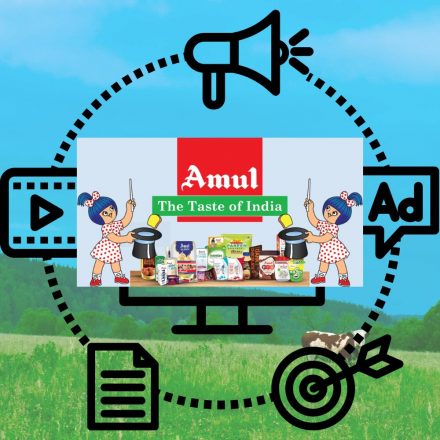
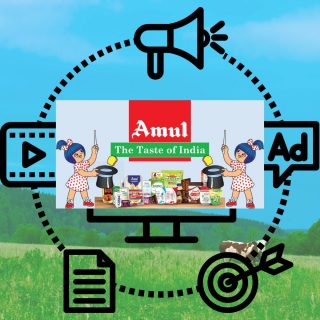









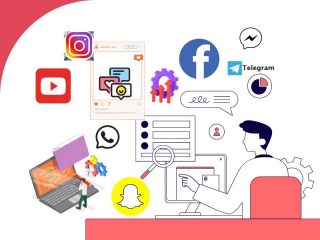
Leave a Comment